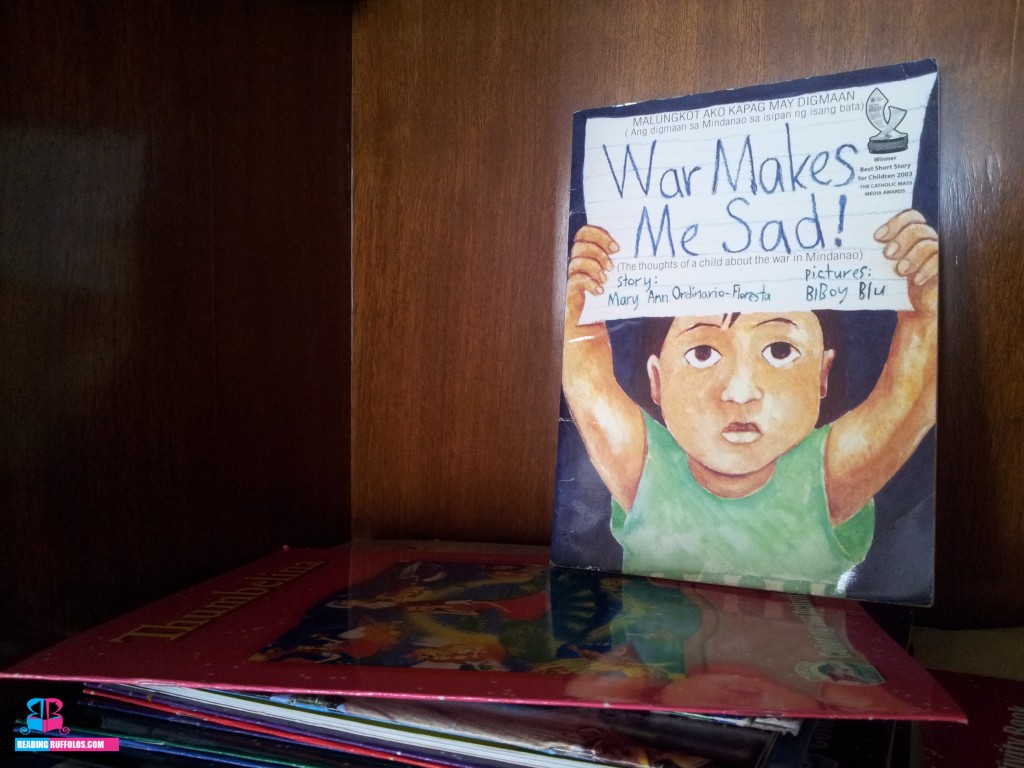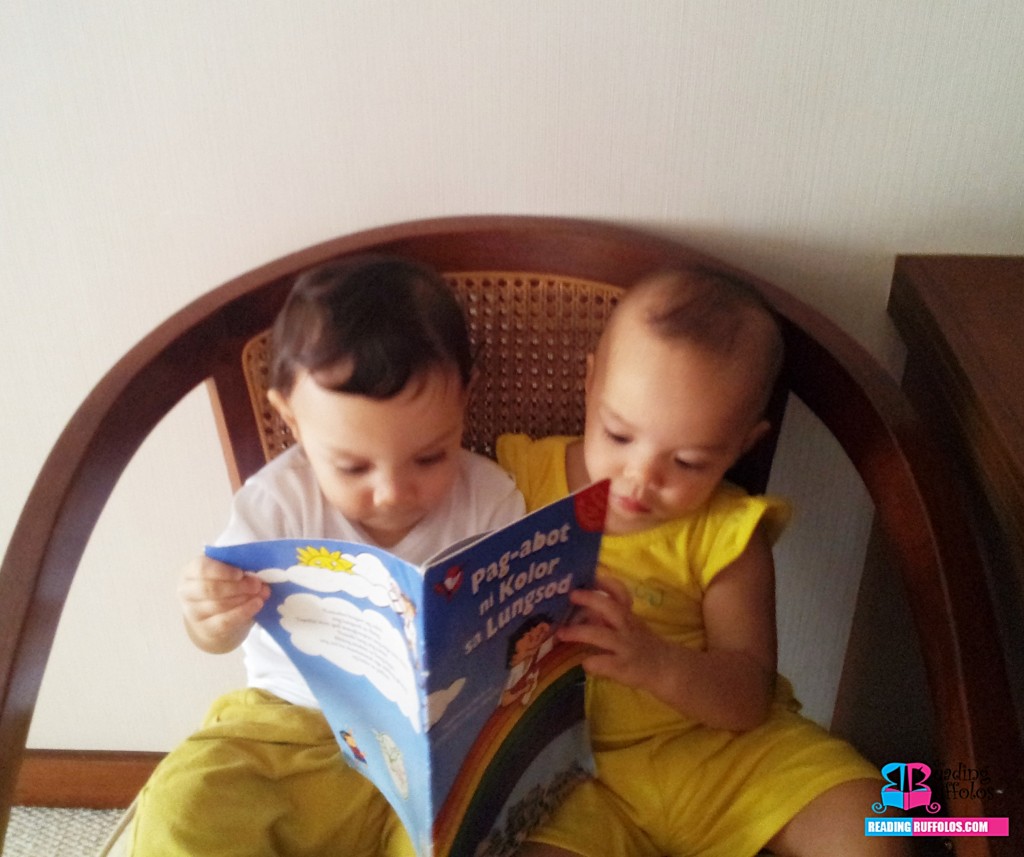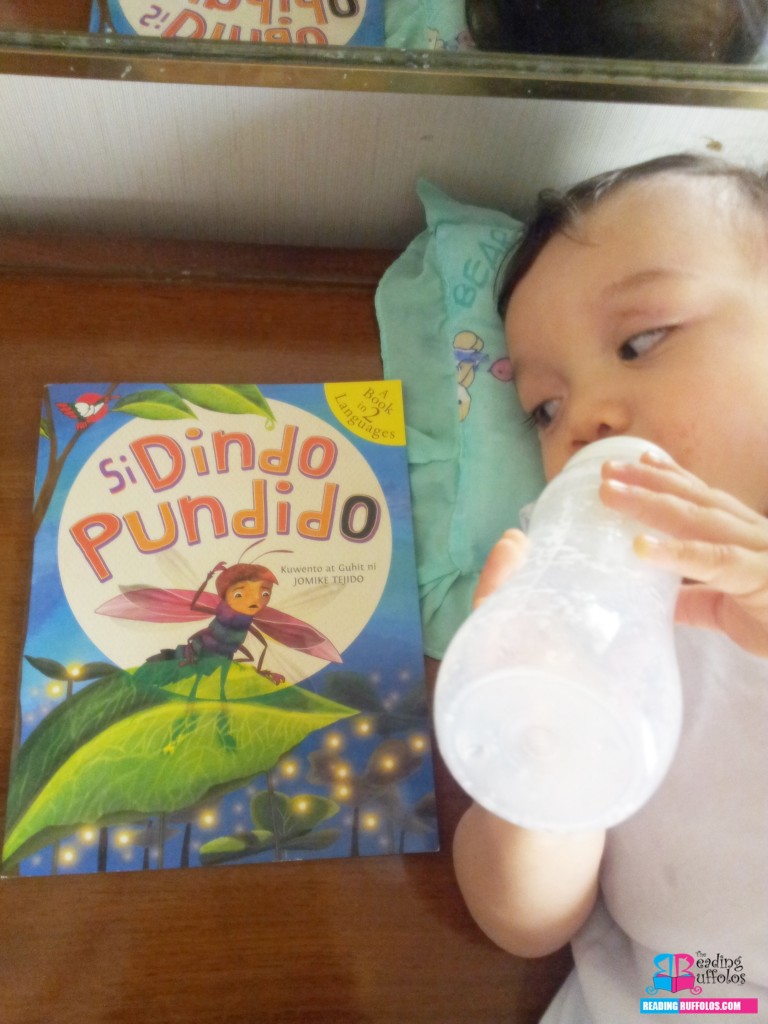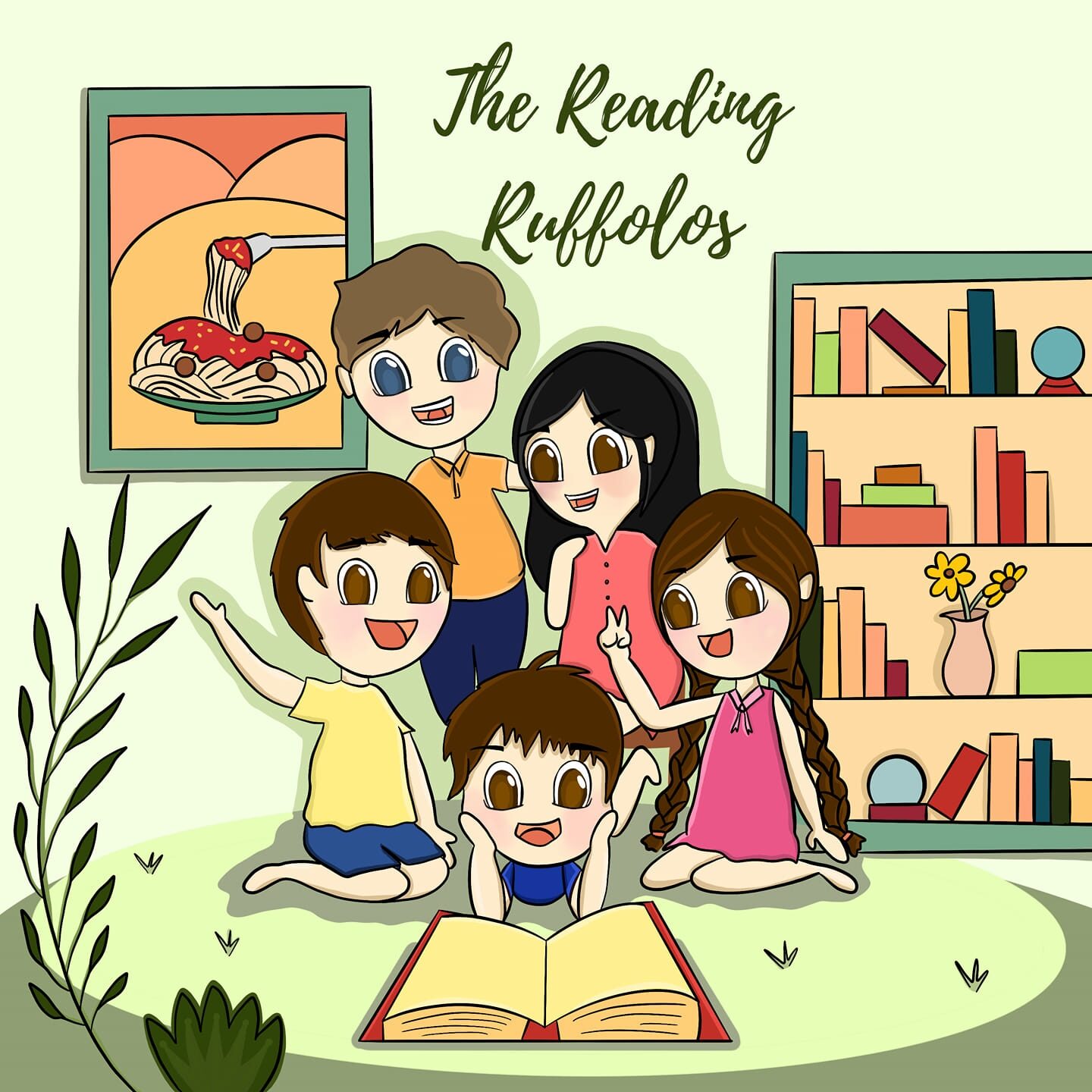The Basadours, the dynamic group of volunteer storytellers of which I am part of, advocates reading storybooks written by Filipino authors in our storytelling sessions.
We deem this important and necessary because we would like to do our part in uplifting children’s literature in the country by supporting our very own writers and illustrators. There are several Filipino storybooks sold in bookstores that are as good as picture books written by foreign authors. All you have to do is to take time in visiting your nearest bookstore and check out those books published by Adarna, Hiyas, Lampara or even small publishing houses that churn out value-laden storybooks every now and then.
Sharing Part 1 (first five) of the 10 of my favorite Filipino storybooks:

1. Malungkot Ako Kapag May Digmaan (War Makes Me Sad)
Mary Ann Ordinario-Floresta presents the thoughts of a child about the war in Mindanao in this story that was awarded “Best Short Story for Children” in 2003 in the Catholic Mass Media Awards. “War Makes Me A Sad” is a story that should be read in a session attended by adults. It’s a tragic scenario – painful and brutal – narrated by an innocent child. I personally feel it’s difficult to tell this story in a crowd without breaking down in tears. I haven’t read this to my kids yet but I kept it within reach just in case they start to ask me questions about war in the future. The illustration, which were emotional but appropriately done for general audience, were created by someone named “Biboy Blu”. I am guessing it’s a pen name.
******************

2. Pag-abot ni Kolor sa Lungsod (When Color Came to Town/Nang Magkakulay ang Nayon)
Written and illustrated by Susan dela Rosa Aragon, this book is set in the gray town of Abog, where everything is covered in dust. The townsfolk are lazy and don’t bother to clean their only town. But things changed when one day, the boy, Juanito, witnessed the arrival of a man, who brought color to the town of Abog. While Adarna recommends this book for children age seven years old and up, I suggest you start reading this even to your one-year-old children or pupils. This is my go-to book when I ran out of materials to read to the twins. It never fails. In terms of storytelling techniques, there is so much you can do using this book. Try role playing and puppetry! It’s more fun!
******************

3. Si Lurat, Kidhat, Pirok, ug Piyong (Si Dilat, Si Kindat, Si Kurap, Si Pikit)
Four fishermen named Open, Wink, Blink, and Close sailed one night in a boat in a glass of water in search for the Beautiful Star. This fun story follows the adventure of the four as they fought sea monsters and angry waves to find what they are looking for. It’s a story that can be very interactive – and can even be told to more than 100 children without them getting bored. I tried it twice! Let the children form lines, group them into four, assign each line a character, and teach them short cheers while doing the corresponding eye movement when you call the fisherman’s name. You can also do this with a storytelling bag to bring in the element of surprise. It’s another masterpiece by Adarna House founder Virgilio S. Almario. The funny illustrations were done by Albert E. Gamos.
******************

4. May Duwende sa Sopas ng Kapatid Ko (There’s a Duwende in my Brother’s Soup)
This is a heartwarming story that creatively explains to children what autism is about. Meet Ginny, who thinks that her younger brother, Caloy has befriended a duwende (dwarf) and encourages him to act that way he does: pushes their father away when he gives him a kiss, ignores their mother when he prepares him for his nap, or eats (and only eats) chicken noodle soup for dinner. Written by Lara Saguisag and illustrations by Marcus Nada, May Duwende sa Sopas ng Kapatid Ko succeeded in explaining a difficult theme to school-aged children. We read this book once in an Inquirer Read-along session with grade school teacher Irish Amores as the storyteller. It was told and delivered so well that I almost cried. Juan, the son of then Inquirer Visayas burea chief (now Inquirer Southern Luzon bureau chief) Edralyn Benedicto, attended the session and met the 25 children from barangay San Roque. Juan has autism and Irish’s storytelling skills and Juan’s presence help the children understand autism. It was also very gracious of Miss Edra to have Juan in that session and I would forever remember that moment as one of those simple read-along sessions but one that really tugged my heartstrings.
******************

5. Si Dindo Pundido
First published in 2002 by Adarna House, Dindo Pundido introduces you to the world of the fireflies, where the children of Don Fuego and Donya Luz are famed for their talents and appearance. But unlike her siblings, Dindo didn’t seem to have any amazing gift. In fact, he is a firefly without a light! In this story written and illustrated by Architect Jomike Tejido, we learn that what you see is not always what you get. Surprise: The last pages of this book teach you how to make puppets and diorama, which can help you in your storytelling session.
Part 2 next Thursday…



